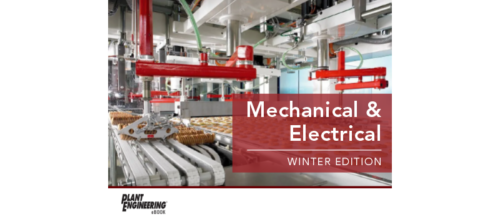Gain lubrication insight by looking a little deeper
Understand how metals and lubricants will interact.
Plant personnel need an adequate understanding of critical tribological factors to select the right pre-start lubrication. Components that move in relation to each, such as piston rods, cylinder walls, valve slides and sealing elements, must be considered to ensure maximum service life and proper equipment function.
The lubricants used for reducing friction and wear must also must be tuned to the ambient temperature, sliding speed and normal forces, among other factors.
Variables in operating conditions
Pressures, temperatures, sliding speeds and stroke frequencies can vary dramatically in different equipment operations. Design engineers and tribologists must understand the friction factors where shafts or rods are taken through housing walls.
- Intermolecular forces
- Thermal transmission and conduction
- Friction and wear
- Chemical and electro-chemical corrosion.
- Cylinder and rod materials
- Different seal materials and sealing edge geometries
- Contact surface pressure and surface micro-geometry
- Acting pressures
- Mounting position and situation.
These complex factors are best handled when design and tribology engineers collaborate early in the development process to identify the benefits obtainable from proper lubrication selection.
For pneumatic components, preventing leakage is key to ensuring successful operation. While a component is in operation, some leaks may go unnoticed; such as when water leaking from a pump evaporates on the spot. There are less trivial leaks which must be remedied with considerable outlay of time and costs. Compressed air, for instance, is expensive to generate, and therefore, fixing leaks in the field is extremely costly.
The eyes of experts can spot savings
To prevent leaks from brittle seals, it is essential that the seal and the lubricant be compatible.
In a recent case, both hydrologic and lubrication manufacturers cooperated in using mechanical-dynamical rigs for tests that closely resembled application and component realities. By combining knowledge, both parties identified opportunities for improvement.
Do you have experience and expertise with the topics mentioned in this content? You should consider contributing to our CFE Media editorial team and getting the recognition you and your company deserve. Click here to start this process.


